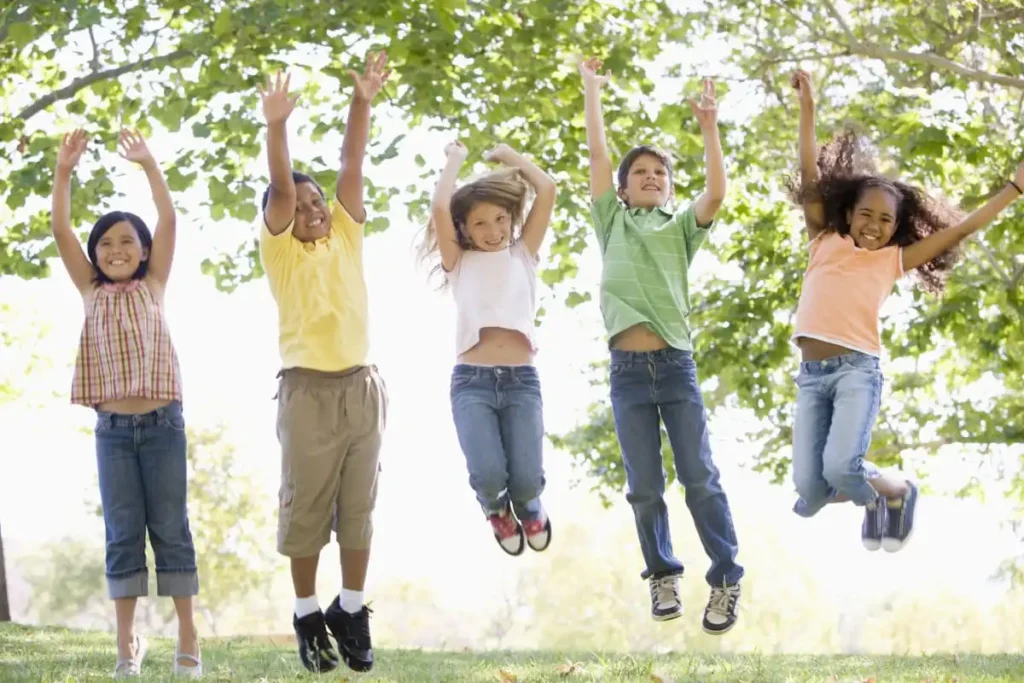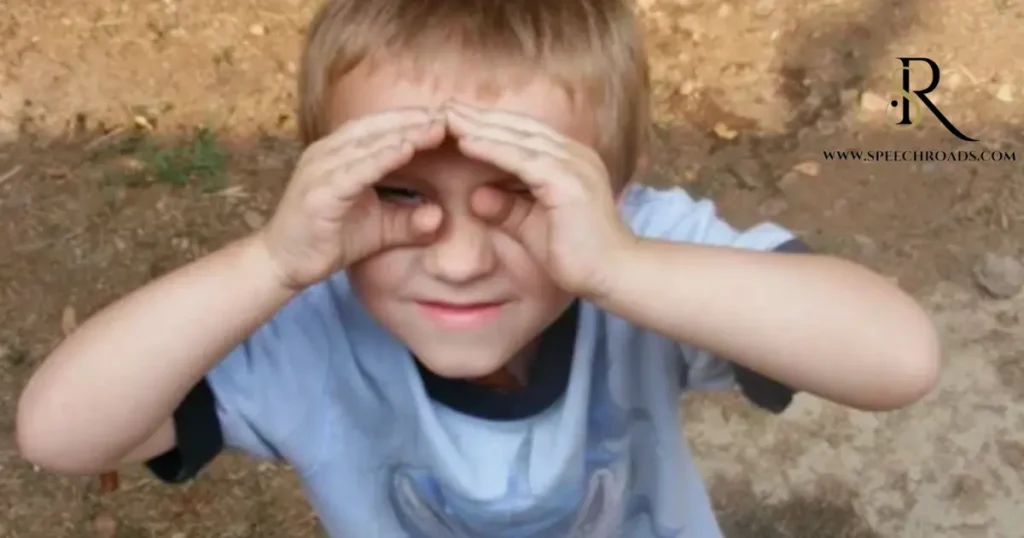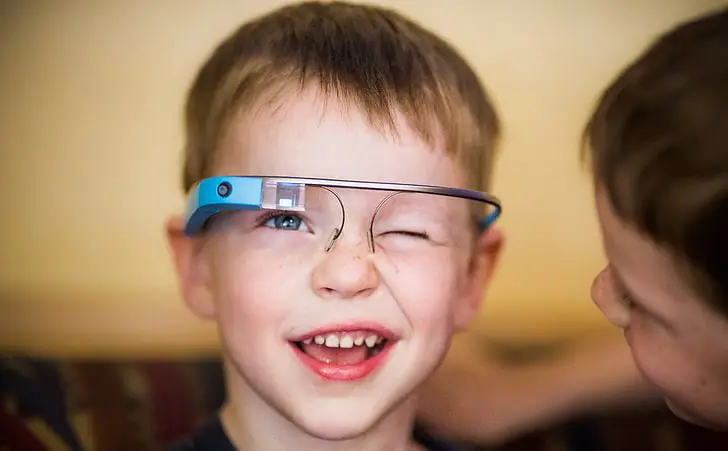Nurturing Hand Eye Activities in Autistic Kids: Fun and Effective Activities
Understanding the Role of Hand Eye Activities for Autistic Children
Hand eye activities are the potential to synchronize what we see with physical movement.
For autistic kids developing robust hand eye activities capabilities is vital as it underpins many critical regular activities from grasping and manipulating items to navigating their environment.
Explore hand eye activities for autistic kids that boost fine motor skills, sensory integration and make learning fun for children on the autism spectrum.
Autistic youngsters frequently face precise challenges while it comes handy eye activities.
They will warfare with duties that require visible processing and bodily dexterity.
Together with catching a ball the use of utensils or tying shoelaces. Those difficulties can lead to frustration, social isolation and even delays in different areas of improvement.
The right interventions and attractive activities autistic kids can appreciably enhance their hand eye activities competencies.
Strengthening this talent set no longer only facilitates them to emerge as more unbiased and confident and also positively affects their gross and pleasant motor abilities, cognitive development, and normal fineness of existence.
Research has proven that centered hand eye activities can decorate neuroplasticity.
The mind’s ability to adapt and reorganize itself in autistic children.
By time and again practicing those activities their neural pathways chargeable for integrating visible and motor functions turn out to be more green.
Leading to progressed hand eye activities and a better information of their bodily surroundings.
10 Fun and Effective Hand Eye Activities for Autistic Kids

- Catching and Throwing Balls
One of the most conventional hand eye physical activities is gambling catch. Begin with large softer balls and regularly paint as much as smaller faster transferring ones as the kid’s capabilities improve. Encourage them to observe the ball and use both arms to trap it. You may also attempt variations consisting of rolling the ball back and forth or bouncing it earlier than catching.
- Beading and Lacing
Threading beads onto a string or lacing cards calls for unique hand eye activities and excellent motor competencies. Begin with big chunky beads or plastic lacing playing cards and slowly introduce smaller more intricate materials as the child gains dexterity. This activity also promotes awareness, problem fixing and hand eye mind integration.
- Painting and Drawing
Conducting artwork sports like painting, drawing and coloring can be an excellent way to expand hand eye activities. Offer a selection of writing and painting implements. Which includes crayons, markers, brushes and finger paints and encourages the child to create their own precise masterpieces. You could also attempt activities like dot to dot drawings or tracing shapes and styles.
- Popping Bubbles
Popping bubbles is a simple but attractive hand eye activity that lightly blows bubbles and has the child attempt to pop them with their arms or maybe a bubble wand. This pastime promotes visual tracking, hand eye activities and even social interplay if executed with a partner.
- Stacking and Sorting Objects
Obligations that contain stacking, sorting or manipulating items along with constructing block towers, becoming shapes into corresponding holes or organizing special sized gadgets can substantially improve hand eye activities. Begin with large simple objects and gradually boom the complexity as the child’s talents develop.
- Ball Bouncing
Practicing ball bouncing either on the ground or in opposition to a wall trains the child to expect the ball’s actions and time their hands as a consequence. You can start with large, slower transferring balls and regularly introduce smaller faster paced ones. Encourage the child to apply each finger and to try one of a kind bouncing styles such as alternating between arms or catching the ball after every bounce.
- Threading Macaroni or Pasta
Just like beading threading macaroni, pasta or different large chunky items onto a string or pipe cleanser may be a fun and engaging hand eye activities interest. This mission requires particular finger movements and visible motor integration. Making it an amazing manner to strengthen these vital abilities.
- Scribbling and Tracing
Offer the kid a massive drawing surface which includes a chalkboard or a roll of paper and encourage them to scribble or hint shapes, letters or patterns. This hobby helps develop hand eye activities, satisfactory motor manipulation and pre writing competencies.
- Balloon Batting
Lightly batting a balloon from side to side either with the hands or a paddle is a tremendous manner to exercise hand eye activities. The slow transferring balloon allows the child to be aware of timing and precision at the same time as the interactive nature of the activity can also foster social engagement.
- Water Play
Conducting water play sports including squeezing water crammed sponges, transferring water among bins or gambling with water guns may be a fun and multisensory manner to expand hand eye activities. The visible feedback and physical manipulation of the water provide treasured getting to know possibilities.
Incorporating Hand Eye Coordination Activities into Daily Routines
To maximize the advantages of these hand eye activities it is essential to incorporate them into the child’s daily habit. This may be done via seamlessly weaving them into regular responsibilities, consisting of getting dressed, brushing teeth or preparing meals.
As an instance you may ask the kid to help type their socks or button their blouse. Presenting opportunities to exercise satisfactory motor competencies and hand eye coordination. Mealtimes can also be an opportune time to work on the usage of utensils, pouring beverages or moving meals between bins.
With the aid of making these activities a natural part of the kid’s day you may assist them develop vital competencies even as preserving an experience of ordinary and comfort. Engaging the child’s hobbies and possibilities while deciding on activities can grow their motivation and enjoyment in addition improving the getting to know experience.
Remember consistency and persistence are key while supporting autistic children in growing hand eye activities. With a combination of targeted activities and seamless integration into each day’s existence you may assist those youngsters thrive and benefit from the confidence and independence they want to be successful.
Case Study

After implementing a daily hand eye activities routine 8 year old Emily who was diagnosed with autism was able to significantly improve her ability to catch and throw a ball, tie her shoelaces and use utensils during mealtimes. Her parents reported that these improvements not only boosted her self esteem but also facilitated better social interactions with her peers.
As one parent noted, “Seeing the progress Emily has made in her hand eye skills has been truly remarkable. She’s more engaged, confident and independent in her daily activities which has positively impacted every aspect of her life.”
FAQ’s
How to improve hand eye coordination in autism?
Any activity that requires connecting parts together’
What are hand activities for autistic children?
- Sorting Games. Lots of children enjoy sorting games
- Drawing. Drawing can be practiced with a hand/finger or with an implement
- Playing with Musical Instruments
- Stickers
- Posting Games
- Threading and Lacing Games
- Weaving and Knitting
What activities improve hand eye coordination?
Racquet sports, swimming and even playing catch.
Does autistic child clap hands?
Some children also have repetitive behaviors such as hand clapping.
Conclusion
Nurturing hand eye activities in autistic kids is an important element in their typical development and nice being.
By incorporating a selection of attractive, evidence based activities into their each day routines you may help those kids construct crucial capabilities, foster independence and unlock new possibilities for boom and fulfillment.
Every infant is specific so it’s essential to tailor the activities to their man or woman needs, hobbies and learning patterns.
With staying power, creativity and a dedication to regular practice you can empower autistic youngsters to thrive and reach their full capacity.








